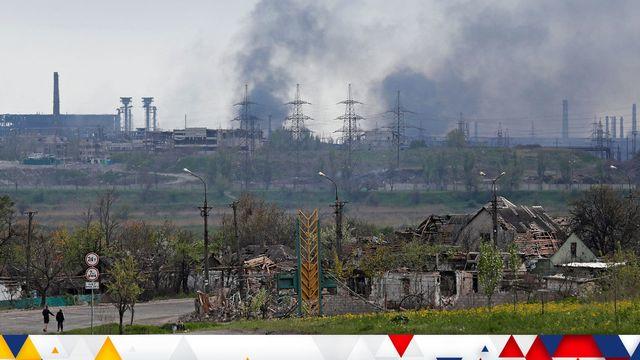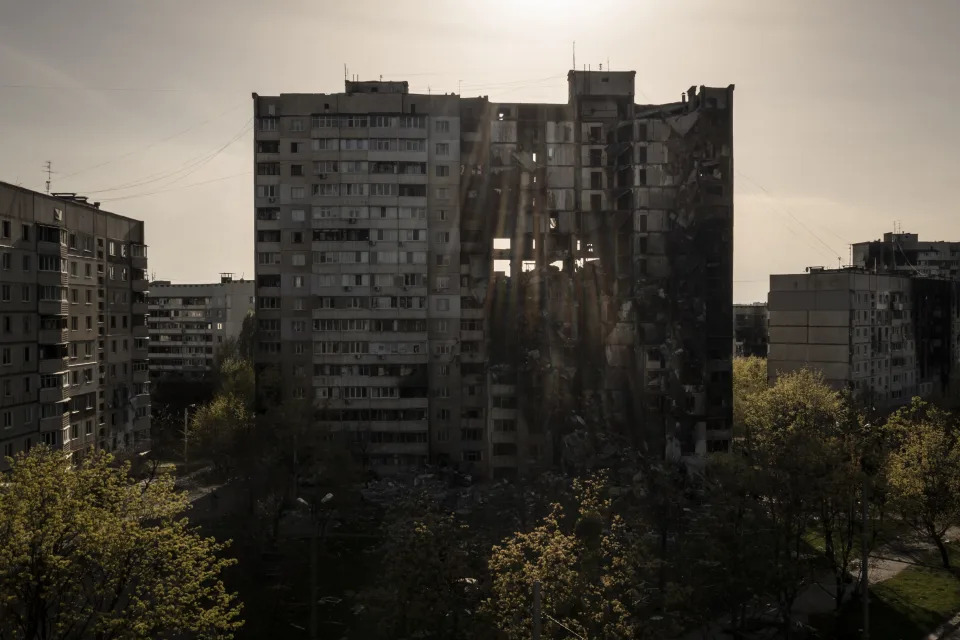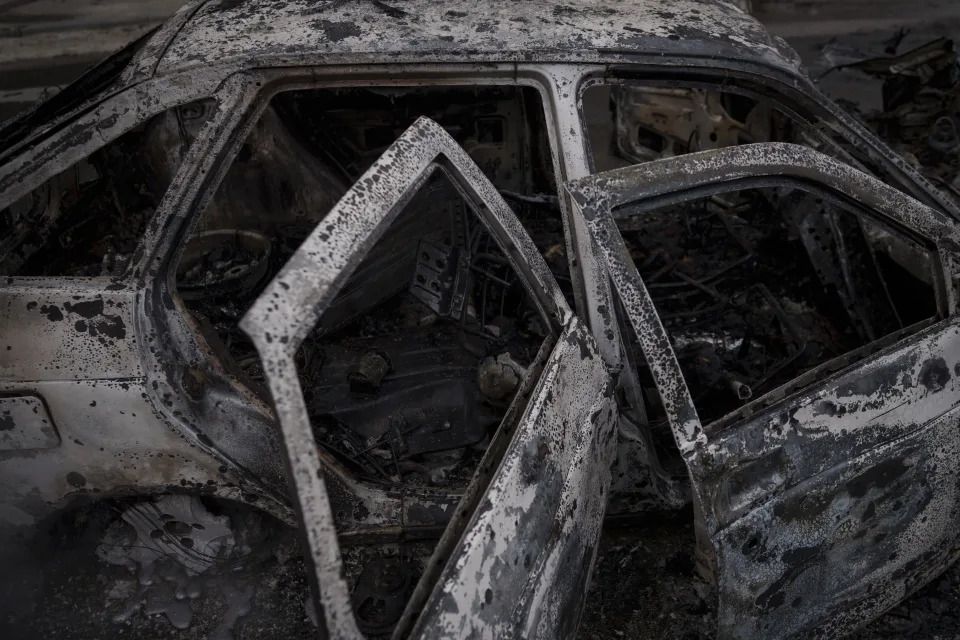The New York Times – Opinion
It’s Time to Rage
By Roxane Gay – May 3, 2022
Dr. Gay, a contributing Opinion writer, is the author of the memoir “Hunger,” and the forthcoming “How to Be Heard.”

My wife’s stepfather began raping her when she was 11 years old. The abuse went on for years, and as Debbie got older, she was constantly terrified that she was pregnant. She had no one to talk to and nowhere to turn.
Debbie’s stepfather often threatened to kill her younger brother and her mother if she told anyone, so when the fear of pregnancy became too consuming, she told her mother she was assaulted at school. Her mother took Debbie to a doctor, who said that because of her scar tissue, she was sexually active and must have a boyfriend. It was the early 1970s.
A pregnancy would have, in Debbie’s words, ruined her life. Today, she is 60 years old. She is still dealing with the repercussions of that trauma. It is unfathomable to consider how a forced pregnancy would have further altered the trajectory of her life.
I was sexually assaulted by several young men when I was 12. I have told the story, and am tired of telling it, and the story is not the point. I had not yet had my first period. And still, in the weeks and months after, of course I worried I was pregnant. I worried I would not know who the father was.
If I had been pregnant, I don’t know what I would have done. I was Catholic. Abortion was a sin. But a 12-year-old is not equipped for childbirth or parenthood. The trauma I endured would have only been compounded by a forced pregnancy. And the trajectory of my life, too, would have been further altered.
It is stunning that a draft of a Supreme Court ruling that would overturn Roe v. Wade was leaked before the justices planned to announce their decision, likely next month. It is also telling. Whoever leaked it wanted people to understand the fate awaiting us.
At least, that is what I am telling myself. And thank God somebody did, so we know. So we can prepare. So we can rage.
We should not live in a world where sexual violence exists, but we do. Given that unfortunate reality, we should not live in a world where someone who is raped is forced to carry a pregnancy to term because a minority of Americans believe the unborn are more important than the people who give birth to them.
And we should defend abortion access not only in cases of sexual violence. All those who want an abortion should be able to avail themselves of that medical procedure. Their reasons are no one’s business. People should not have to demonstrate their virtue to justify a personal decision about how to handle a life-altering circumstance.
We should not live in a country where bodily autonomy can be granted or taken away by nine political appointees, most of whom are men and cannot become pregnant. Any civil right contingent upon political whims is not actually a civil right.
Without the right to abortion, women are forced to make terrible choices. These burdens disproportionately fall upon poor and working-class women without the means to travel across state lines to receive the care they need. Despite promises from the anti-abortion movement to support pregnant women and children, the “pro-life” lobby appears to be invested only in the unborn. The same mostly male politicians who oppose abortion so often do everything in their power to oppose rights to paid parental leave, subsidized child care, single-payer health care or any kind of social safety net that could improve family life.
The leaked document is a draft. Abortion is still legal, though it is largely inaccessible in parts of the country. The Supreme Court has issued a statement emphasizing that the draft, while authentic, may still change. Still, it is a harbinger of terrible things to come. As many as 25 states are poised to ban abortion the moment Roe v. Wade is overturned.
And there are other disturbing considerations in the draft decision, written by Justice Samuel Alito. Some have expressed the concern that by extending Justice Alito’s reasoning, other hard-won rights — such as the rights to contraception and marriage equality — could be struck down too. That is to say, this decision is opening the door for social progress and civil rights to be systematically dismantled on the most absurd of pretexts.
And this is not a theoretical threat. We are already seeing how several states are trying to legislate trans people out of existence with laws banning gender-affirming health care for children, and in Missouri, a proposed law could extend that denial to adults.
I do not know where this retraction of civil rights will end, but I do know it will go down as a milestone in a decades-long conservative campaign to force a country of 330 million people to abide by a bigoted set of ideologies. This movement seeks to rule by hollow theocracy, despite our constitutional separation of church and state. The people behind this campaign do not represent the majority of this country, and they know it, so they consistently try to undermine the democratic process. They attack voting rights, gerrymander voting districts and shove unpopular legislation through so that they can live in a world of their choosing and hoard as much power and wealth as possible.
Where do we go from here? To protect women’s bodily autonomy, the right to abortion must be codified in federal law. But the possibility of that seems very distant. In their joint statement, issued after the Supreme Court leak, the Senate majority leader, Chuck Schumer, and the House speaker, Nancy Pelosi, did not use the word “abortion” even once. President Biden has barely uttered it during his presidency. It’s hard to believe they are as committed as they need to be to protecting a right whose name they dare not speak. Until the Democrats stop lounging in the middle of the political aisle — where no one is coming to meet them — nothing will change.
The possibility of so many civil rights being rolled back is terrifying. Millions of Americans now wonder which of our rights could be stripped away from us, our friends and family, our communities. The sky is falling, and a great many of us are desperately trying to hold it up.
As Debbie and I discuss the strong likelihood of Roe v. Wade being overturned, we have started worrying about potential legal consequences for our very happy marriage. In June, we will celebrate our second wedding anniversary.
When we exchanged our vows, everything changed. We were already committed, but our commitment deepened. There was a new and satisfying gravity to our relationship. In an instant, I understood that marriage is far more than a piece of paper — but that having that paper mattered.
We have each worked very hard to overcome the traumas we endured as children, to allow ourselves to love and be loved wholly. This life we share would not be possible had we ended up pregnant far too young and against our will, with no recourse. This life we have made together isn’t political. It is deeply personal. And yet our lives and our bodies remain subject to political debate. In one way or another, they always have.
How are we free, under these circumstances? How can any of us be free?



 Scroll back up to restore default view.
Scroll back up to restore default view.





